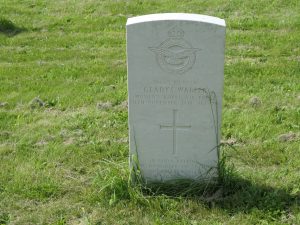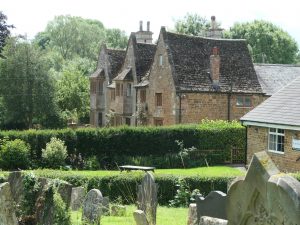Braustone in Rutland: were the gods about to turn against us?
Photographs by Gina and Jim Hall and Jonathan Bridgland. Rambling nonsense by Tony Attwood
 There is of course no telling what the gods have in store for us, but perhaps the lesson of the Braunstone walk is never to take anything for granted, no matter what the signs fortell.
There is of course no telling what the gods have in store for us, but perhaps the lesson of the Braunstone walk is never to take anything for granted, no matter what the signs fortell.
For here we were in Braunstone, or to give it its most fulsome and complete name Braunston-in-Rutland. Which perchance gives a clue as to which county we find the village within.
And this is important because it turns out that there is also a Braunstone in neighbouring Northamptonshire and it
 is indeed not just desirable but also essential to go to the right one otherwise one will be in the wrong place, and that will never do. Not at all.
is indeed not just desirable but also essential to go to the right one otherwise one will be in the wrong place, and that will never do. Not at all.
So there was much map looking and checking at the start point as we waited for confirmation that this was indeed the starting place for our meanderings.
And indeed it was, and it was worth checking the graveyard and also the church which was open and welcoming for anyone wishing to enter within.
 Without there were gravestones commemorating the days of yore and much had been done to keep the place in a state suitable for its purpose.
Without there were gravestones commemorating the days of yore and much had been done to keep the place in a state suitable for its purpose.
But also there were the initial signs of times past which were not fully in keeping with the current teaching of the Church. Although such matters are not those upon which I feel competent to comment.
What we did find however was that there was nothing in the church or its attendant yard that gave us much  forewarning of what was to come hereafter (although not in the hereafter, if you get my drift).
forewarning of what was to come hereafter (although not in the hereafter, if you get my drift).
So for now we ventured forth in jolly mood, taking in the ancient houses of days of yore and indeed as you will see ancient carvings whose meanings can these days only be surmised.
I’m not a member of the faith myself, but I am glad to see that earlier commemorations are still allowed to retain their place in the churchyard.
 I have no idea how old the final stone carving in this collection is, but I think we can classify it as on the Very Very side of being Very Old. It has stood here for a long time I’m sure – the church itself was built in the 12th century, so 800 or 900 years is a possibility.
I have no idea how old the final stone carving in this collection is, but I think we can classify it as on the Very Very side of being Very Old. It has stood here for a long time I’m sure – the church itself was built in the 12th century, so 800 or 900 years is a possibility.
But I wondered thereafter spending time photographing such monuments of the past was not perhaps displeasing to the powers above, for as it turned out, later on our walk the weather did threaten to move against us as the clouds darkened . Indeed it seemed for a while that we were all going to get soaked to the skin (to use the technical climatological terminology – and one does indeed try to be precise in these matters).
. Indeed it seemed for a while that we were all going to get soaked to the skin (to use the technical climatological terminology – and one does indeed try to be precise in these matters).
Darker and darker became the light and threats of soakings and downpourings festooned the land (if that is the correct description – I am not too sure because I was getting increasingly worried at the time about possibly getting wet.
 Indeed one also wondered, could this be Devine Intervention of which it has been said. Was I, an unbeliever, going to be punished for my lack of belief?
Indeed one also wondered, could this be Devine Intervention of which it has been said. Was I, an unbeliever, going to be punished for my lack of belief?
But then if so, surely all my fellow travellers (by which I mean walkers) would also be getting a soaking and that would seem very unfair.
And thus it was that I communicated with the higher powers, if they are there, and suggested that if punishment were to be my destiny it seemed awfully unfair if anyone else  was to be given a soaking.
was to be given a soaking.
And it seems that my thoughts were actually answered, but I think I have given you enough excitement for one installment and one never likes to overdo it, so there will be more, as they say, anon. If you have been thank you for reading.
Regarding pics from Brauston. The military gravestone for Gladys Walter was particularly poignant as she died on Armistice Day, 11 November 1918. The WRAF was originally formed to provide female mechanics, maybe serving close to the front line.
Gladys Walter, we will remember her.
Did a bit more research on Gladys. She only served for less than two months, working as an airfram mechanic in Grantham. She died of tuberculosis on 11 November 1918.